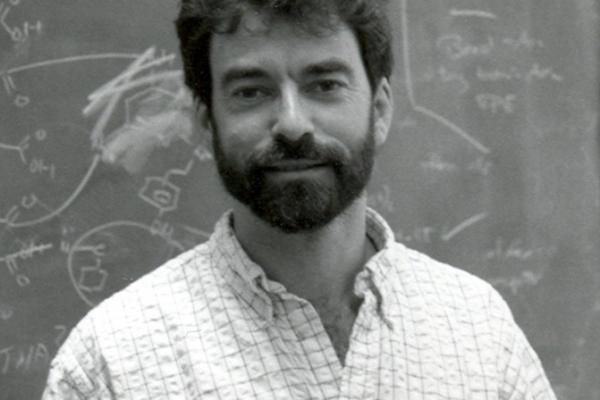
We study single molecules with fluorescence microscopy that can achieve nanometer accuracy—called FIONA— or similarly, nanometer resolution—called PALM or STORM. This is 10-100x better than conventional fluorescence, and recently won a Nobel Prize. We will introduce what fluorescence and the technique is, improvements on the technique, and discuss a variety of applications. For the first application, we will show that molecular motors, such as kinesin, which are responsible for “walking” on tiny “roadways”, carrying cargoes throughout the cell, taking steps of just 16.8 nm. When kinesin works in groups to carry cargoes, especially when faced with detours and roadblocks like those found in the cell, we find that one of the kinesin rapidly detaches when blocked by a roadblock, allowing the cargo to continue with essentially unhindered speed. For the second application, in order to apply fluorescence microscopy to cell-based systems, one needs new techniques for labelling. We show, for the first time, that intracellular proteins can be labelled with external fluorophores with high throughput and without significant harm to cell health. Application to NF-kB, a protein involved in a number of cancers, is highlighted. Finally, we show that new and small quantum dots, which are super-bright, can label the ~ 20 nm synaptic clefts between two neurons, and may transform our view of how memories are formed.
